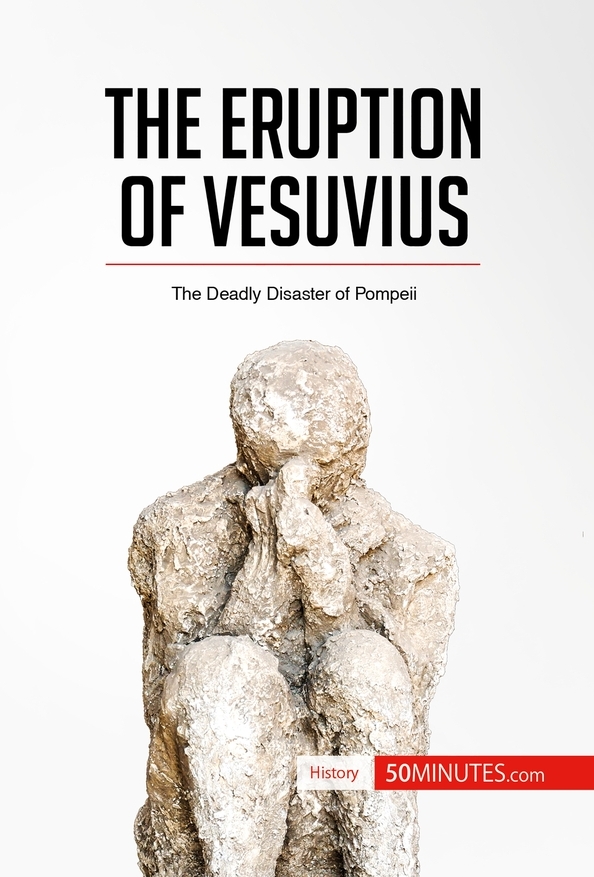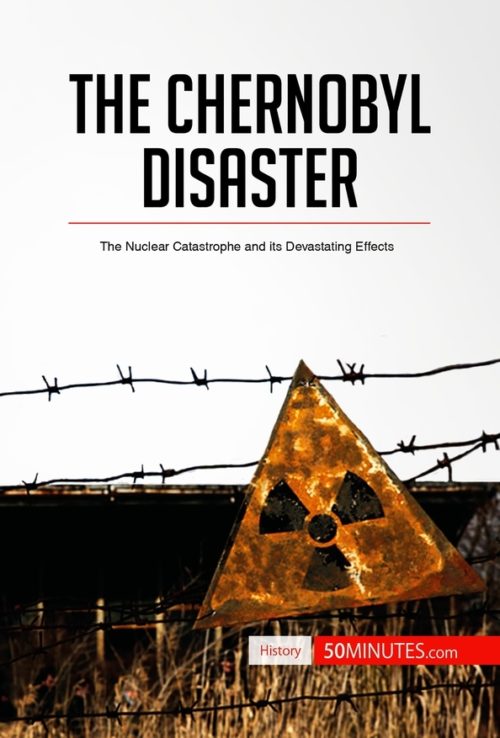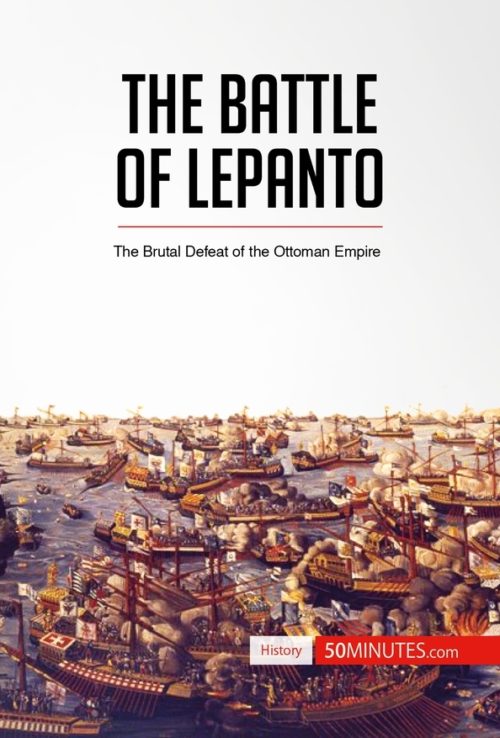The Eruption of Vesuvius
The Eruption of Vesuvius
$4.99
Read more
In 79 AD, the Italian city of Pompeii was destroyed by the catastrophic eruption of Mount Vesuvius. This remains one of the largest volcanic eruptions in European history, and claimed between 10 000 and 20 000 victims. However, this tragedy has also provided archaeologists and researchers with an incredibly valuable historical source: the ash which covered Pompeii preserved organic matter that would usually be quick to decay, and the zone is now a UNESCO World Heritage Site. In just 50 minutes, you will learn about life in the towns around Mount Vesuvius and find out what the preserved sites can teach us about Roman history.
This straightforward and informative book provides a thorough discussion of the different stages of the eruption of Vesuvius and its aftermath. It also features a valuable introduction to the historical context, biographies of key figures, including Pliny the Elder and Pliny the Younger, and an examination of the extensive archaeological work that has been carried out in Pompeii, giving you all the essential information about this major natural disaster.
About the eruption of Vesusius
The eruption of Mount Vesuvius is one of the most destructive volcanic eruptions ever recorded, and resulted in a pyroclastic flow that engulfed five Italian towns and cities: Herculaneum, Pompeii, Oplontis, Boscoreale and Stabiae. It resulted in thousands of deaths, including that of the celebrated naturalist and writer Pliny the Elder, but also protected the areas it affected from the ravages of time, leaving behind a priceless testimony of ancient life.
This clear and accessible 41-page book is structured as follows:
- Introduction to the eruption of Vesuvius
- Context
- Pompeii, an ancient city
- The social war: Rome’s conquest of Italy
- The eruption of Vesuvius
- Biographies
- Pliny the Elder, naturalist and Latin writer
- Pliny the Younger, Latin writer
- Giuseppe Fiorelli, Italian archaeologist
- The death and rebirth of Pompeii
- 24 August 79
- The aftermath of the catastrophe
- The rebirth of Pompeii
- Heritage threatened once again
- The archaeological site and discoveries
- Habitat
- Economic life
- Political and religious life
- Leisure and daily life
- Summary
Product details
| ISBN | 9782806276063 |
|---|---|
| Publisher | Plurilingua Publishing |
| Series | 50MINUTES.COM – History |
| Format | |
| Pages | 41 |
| File size | 2.7 MB |






